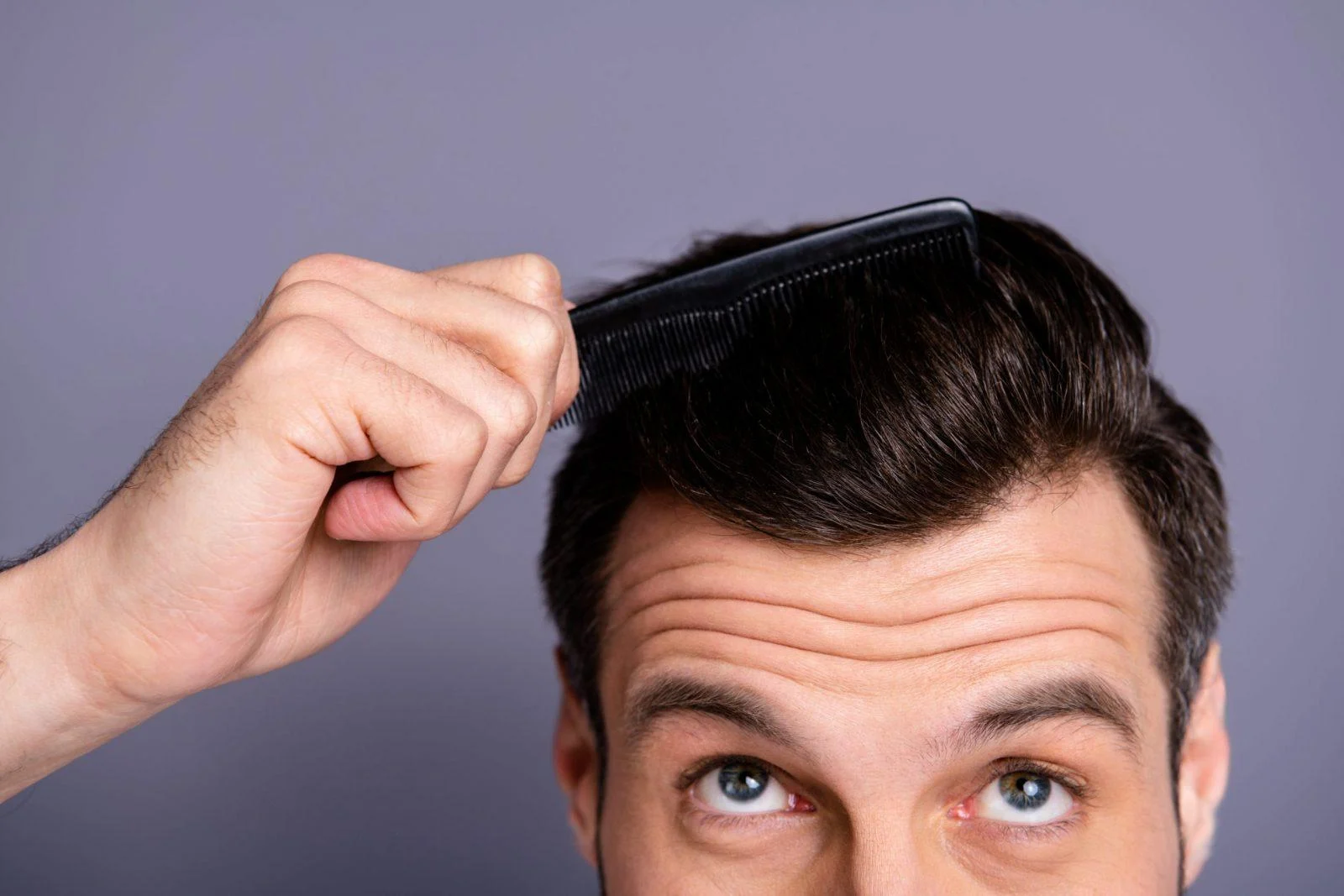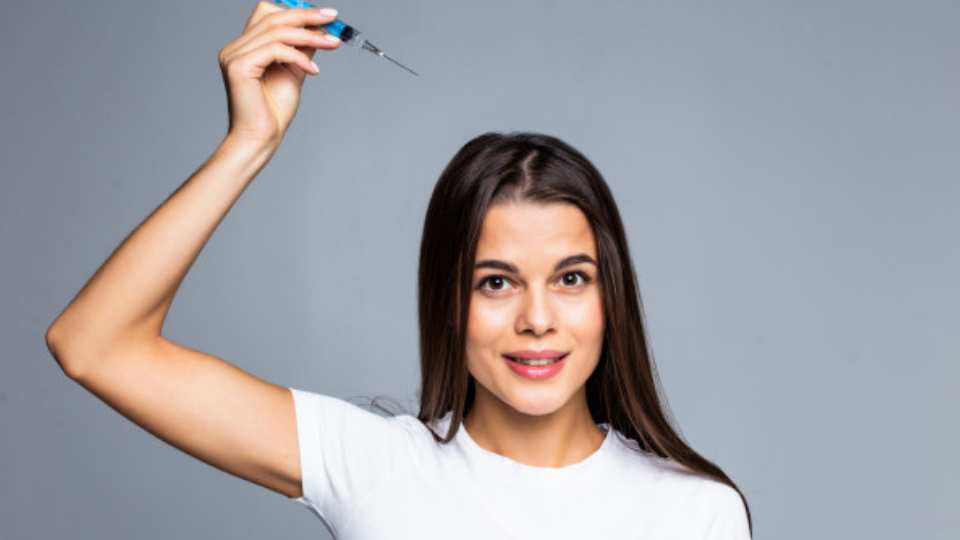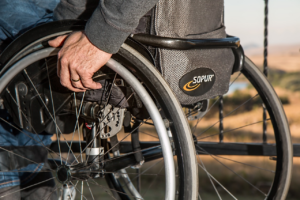
Finally, the dream of having a full head of hair is becoming a reality. Making sure you are knowledgeable and ready for a quick recovery following your hair transplant treatment is essential. Many patients choose to have a hair transplant overseas, in places like United States and may return home a few days later.
You must adhere to your surgeon’s post-operative recommendations and take care of yourself and your scalp throughout the recommended times to achieve an excellent and quick recovery.
The following are the top hair transplant aftercare suggestions:
The Initial Days
After the hair transplant, you can go home immediately, although recovery requires rest for a few days. Avoid picking or scratching the wound. Refrain from engaging in strenuous activity, such as physical labor, bending, lifting, or sports.
Avoiding heat, cold, or sweat extremes that can hinder healing is ideal. Therefore, remaining indoors for a few days is advised. Keep your head uncovered unless you really must go outside, in which case wear a loose-fitting hat.
Keep pressure off the area while sleeping semi-upright to prevent swelling. Avoid aspirin, alcohol, and ice cream, and don’t wash the area. Avoid blowing your nose too hard since it could bleed the incision sites.

Pain Control and Swelling
During the first week, swelling in the transplant location is typical. Anti-inflammatory medications and cooling compress applied to your forehead may help, but not the graft site. Every two hours for fifteen minutes should be plenty.
For the first three nights, sleep on your side or in a comfortable chair with your head elevated at least 45 degrees, using a neck cushion to relieve pressure on the graft site. Your doctor may recommend extra painkillers.
Infections
Although hair transplant infections are uncommon, you must take precautions for at least two weeks to prevent dirt, dust, sweat, or bacteria from getting into the wound area. Avoid touching or scratching the transplanted region, and let your doctor know if it becomes red, swollen, or painful.
Work, recreation, and sports
Unless your employment requires exposure to rigorous exercise, heavy lifting, dusty conditions, or caps or helmets, you can return to work a day or two after your surgery. Nevertheless, we anticipate that patients who travel for hair transplants will wish to take a brief vacation after the treatment. After all, it’s a low-risk surgery, and exploring the city is OK.
Peeling
Standard sterile saline solution or a particular gel-like aloe vera can soothe itching or irritation in the donor area. After seven to ten days or longer, the implant site may begin to flake or peel. As part of your aftercare pharmacy package, request a softening cream from your surgeon.
Disregarding the Labels
Ignoring the warning labels on your prescription and over-the-counter medications is one of the worst things you can do following your hair transplant treatment. To reduce your chance of infection, take antibiotics exactly as directed. Additionally, if the warning label for your prescription analgesics says not to operate machinery or heavy equipment, you should avoid driving after taking them. Additionally, you should be cautious about overusing any drug. Finally, if instructed to do so on the label, take your medication with food. Certain drugs, especially pain relievers, might upset the stomach if taken on an empty stomach. Visit the hair transplant clinic and consult your doctor if you face heavy side effects.
Cleaning Hair
After three to four days, you can gently wash your hair for the first time using a moderate shampoo and a gentle stream of water. Instead of pulling at the hair, use delicate fingertips to lather on the shampoo gently. Thoroughly rinse, then gently dab dry with fresh paper towels.
For the first month, refrain from taking a bath, showering, or sticking your head underwater. After the first month, use a towel to dry. After about a week, you can wash your hair in a low-pressure, incredibly soft shower, but not at standard pressure.
Hair Cutting and Styling
After three months, you can cut your hair with scissors; however, you shouldn’t use a razor for the first six months. When combing your hair, be careful not to disrupt the roots. Until the skull has healed, stay away from hairdryers for at least a few weeks. Once your head has fully recovered, you can style, curl, or color your hair.
Even though the recovery time is brief, the first fifteen days are essential. You might see some crusting, irritation, or redness. Some follicles may separate in the first two months, but hair growth begins in the third month. After around six months, you may anticipate brand-new regrowth; there will be little change after a year.
Dozing Flat
You must sleep with your head raised for the first seven days following therapy to reduce the chance of swelling. Some patients discover that they require a few nights of sleeping with their heads elevated. Though not everyone experiences edema following hair implantation, keep that in mind. There is no reason why you can’t sleep as usual if you don’t feel any pressure at all in the area surrounding your forehead.

Ignoring the Ice
Do you recall learning the RICE method from your parents when you were a child and got hurt? Rest, ice, compression, and elevation are the four main components of treating swelling “injuries.” The elevation has already been mentioned. We strongly advise using ice for 20 to 30 minutes above your eyebrows if you suffer any swelling. Additionally, this is a great preventative measure. You should perform these three to four days following your hair restoration, even if you don’t have any swelling. Ice might perhaps be all you need to relieve any overall discomfort you’re experiencing.




